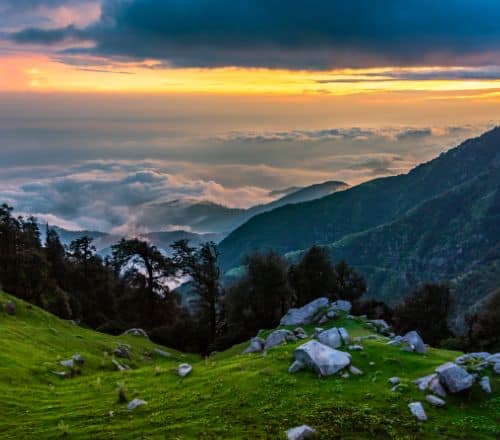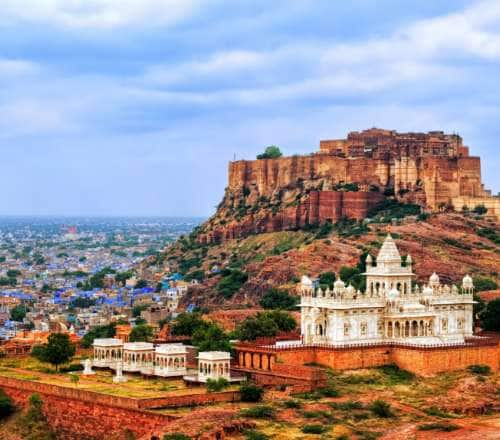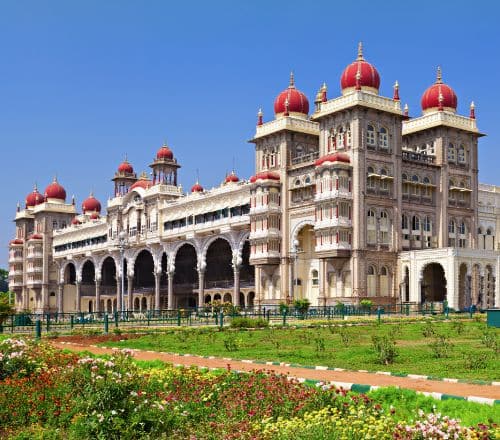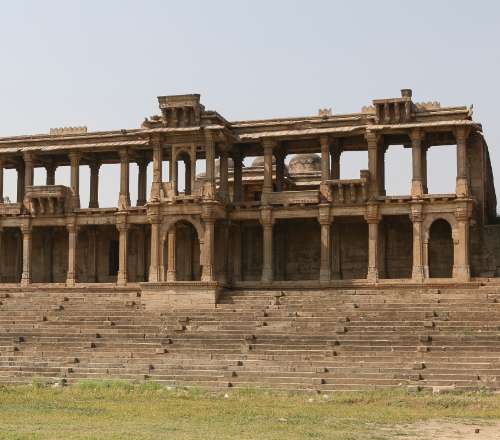Stay logged in to proceed with bookings, orders and offers.
On changing the terminal, you will loose items in your cart. Are you sure you want to change your terminal?
The story of the strength and endurance of everyday heroes
The festival of Holi started as a celebration of triumph over evil. But, when the innocent merrymaking was corrupted with immorality, the festival of Hola Mohalla was created to wash away impurities.
Guru Gobind Singh, the tenth guru of Sikhism, inspired a transformation in everyone's worldview. His teachings included the use of weapons against evil and ill-treatment in society. When he started the Khalsa tradition in 1699, he put his disciples through mock fights to prepare them for future battles. He founded the Hola Mohalla the following year.
I'll tell you how I came across Hola Mohalla. I usually avoid Holi celebrations because of how women are disrespected during celebrations. Knowing this, one of my friends in Punjab asked me to check out Hola Mohalla. One Google search and I was intrigued. The festival of martial arts impressed me, and I decided to visit Anandpur Sahib to find out more. I booked my flight to Chandigarh, where my friend drove me to our destination. She held my attention during the drive with stories about the genesis of Hola Mohalla.
It was the time of Holi, and Guru Gobind Singh was at Anandpur Sahib, one of the five Sikh forts known as Holgarh. Some of his followers reported to him that because of some men and their misbehaviour towards women destroyed the good-spirited Holi festival, which was always known as the colourful and pure festival.
After witnessing the evil nature of men in person, Guru Gobind Singh called upon all Sikhs to Anandpur Sahib and commanded them to assemble with their weapons, horse-riding skills, and bravery.
This tale inspired my love for the land. As soon as I reached Anandpur Sahib, the fearless spirit was perceptible in the atmosphere and the grandeur of the spotless white Gurudwara permeated the air. It took me back to imagine how the warriors would have enthusiastically approached their Guru with shining weapons.
Guru Gobind Singh divided his curious yet courageous followers into two groups. He gave white uniforms to one and saffron to the other. He stationed the white ones at the fort and simulated a battle scene by instructing the saffron team to capture the fort without using guns or arrows.
Hola Mohalla began as a re-enactment of these battles involving martial arts under the supervision and guidance of Guru Gobind Singh. He would shower accolades on the generals for showcasing excellent leadership skills and would offer advice to the ones who needed help. With the blessings of the Guru, the winning disciples would then celebrate by making and distributing Kada Prasad — a rich halwa of equal parts wheat flour, ghee and sugar. It is considered as the sacred food of the Sikhs and symbolises equality among everyone, despite victory or defeat.
From the day after Holi, the Sikh community gathered at Sri Anandpur Sahib to celebrate Hola Mohalla, an annual fair of martial exercises recalibrated into a festival.
To remind a follower to become physically strong like a soldier and spiritually self-aware like a saint, a three-day event is held annually at Anandpur – which translates to the 'city of bliss.' When spring sets foot in Punjab, the city of Anandpur, guarded by the Shivalik hills, welcomes the Nihang Sikhs in full gusto.
Nihangs are the beloved warrior clan of the tenth Guru. Brimming with energy, these warriors appear in their traditional cobalt blue robes, brandishing a sword and sporting studded turbans.
They enter as untethered hurricanes loaded with weapons, galloping on horses or seated on jumbos, riding motorbikes or driving jeeps. Sprinkling colourful powders on each other and beating drums, they pass through the Holgarh Fort and arrive on the open grounds of Charan Ganga to present their martial art skills.
Looking at the fiery Nihangs and their mastery of weapons, I thought about the story of how the Britishers saw them as a threat and banned their traditional martial arts, and the struggles they put the Sikhs through.
Early morning prayers at the Gurudwara mark the onset of the festival of Hola Mohalla. Later, the crowd gathered to listen to the heroic tales of the gurus. Meanwhile, at the Charan Ganga stadium, participants ready themselves to display their fighting skills, including the traditional martial art of Gatka. It is a style of stick fighting which imitates sword movements.
The daredevil Nihang Sikhs display their gallantry through friendly sword fights, valiant acts of riding two or sometimes four horses together and stunts of riding bikes with a blindfold or standing on moving bikes.
Some of them show mastery in Chakri, a circular war weapon with a ring in the centre and long beaded strings. This weapon has evolved with time. Initially, it was a ring with sharp edges which Sikhs wore around their arms, necks or on their high turbans to scare enemies.
In the evening, the attendees camp across the city while volunteers help cook at the community kitchens of Gurudwara Keshgarh Sahib or busy themselves preparing chilled thandai, a Holi drink made with milk, sugar, spices and rose water.
Along with the boldness that comes from handling weapons, it is also crucial to supplement the craft with the spiritual knowledge of the scriptures, or there is no difference between a soldier's weapon and a tormentor's weapon. This wisdom comes from understanding the verses of the Guru Granth Sahib, the holy scripture of Sikhism.
The essence of the celebrations of Hola Mohalla is to master the art of attacking the oppressors and torturers while soaking oneself in spirituality. Like Guru Arjan Dev said in one of his teachings through the poem Sachya Guru Meherbana, the spiritual hue will never fade off. Even if someone tries to hurt you with their ego and malevolency, they will never be able to sabotage your inner bliss.
The fact that Holi and Hola Mohalla take place around the same time gives you a choice. You can paint yourself in Holi colours or experience martial art demonstrations. While Holi is about fun and playing with water guns and balloons, Hola Mohalla is about spirituality and showcasing the mastery of swords. Of course, you won't be the one with the swords and sticks! You might love playing with vibrant colours, but some prefer indoors. If Holi doesn't excite you, it's an excellent idea to find the Hola Mohalla.
Experiencing Hola Mohalla in person changed my perspective towards using weapons. They aren't terrible if used correctly. However, carrying arms is not practically possible in life, but creating physical strength for tough times can be achieved through practice. When I left Anandpur Sahib, I was determined to join a self-defence class because I understand the importance of strength and resilience, as a woman who loves travelling.





The Adani One expressly disclaims all liability, direct and indirect, in respect to actions taken or not taken based on any or all the contents of this Blog. The Blog is an opinion of the contributor based on the collation of data from various sources and is provided only for information purpose. Adani One does not canvass, advertise, solicit, invite or induct for any product, merchandise, information, brand or any other materials mentioned in the Blog, nor does it obtain any monetary benefit from the same. Reader is advised to read and apply his/her intellect and discretion in this regard. Any Intellectual Property mentioned in this blog belongs to the rightful owner. We do not intent to claim any interest over the same.